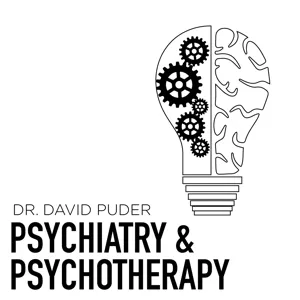Grief is the multifaceted response—emotional, behavioral, social—to a loss or major life adjustment (like a divorce, loss of a job, etc.). Bereavement is the process of grieving specific to the loss of affection or bond to a person or animal (Parkes & Prigerson, 2013; Shear, Ghesquiere & Glickman, 2013; Shear, 2015).
Some of the signs and symptoms of grief are:
-somatic symptoms (e.g. choking or tightness in the throat, abdominal pain or feeling of emptiness, chest pain)
-physiological changes (e.g. increased heart rate and blood pressure, increased cortisol levels)
-sleep disruption and changes in mood (e.g. dysphoria, anxiety, depression, anger)
(Buckley et al., 2012; Lindemann, 1944; O’Connor, Wellisch, Stanton, Olmstead & Irwin, 2012; Shear & Skritskaya, 2012; Shear, 2015; Zisook & Kendler, 2007)
Medical and psychiatric complications can also arise due to grief and include:
-An increased risk for myocardial infarction
-Takotsubo cardiomyopathy (Broken Heart Syndrome)
-The development of mood, anxiety and substance-use disorders (Cheng & Kounis, 2012; Keyes et al., 2014; Mostofsky et al., 2012; Shear, 2015).
Acute grief begins after a person has learned of the passing of a loved one (Shear, 2015). During acute grief, a person may experience immense sadness, yearning for the deceased, and persistent thoughts of the decreased (Maciejewski, Zhang, Block & Prigerson, 2007; Shear, 2015). Auditory and visual hallucinations are benign hallucinations commonly found in acute grief and involve the person seeing, talking to or hearing the voice of the deceased (Grimby, 1993).
Link to full episode: notes
Resource Library: here
Link to sign up for CME go: here
Member Login to do CME activity go: here
Instagram:dr.davidpuder
Twitter:@DavidPuder
Facebook: DrDavidPuder
Youtube channel
Maris Loeffler Instagram: @agatetherapy
